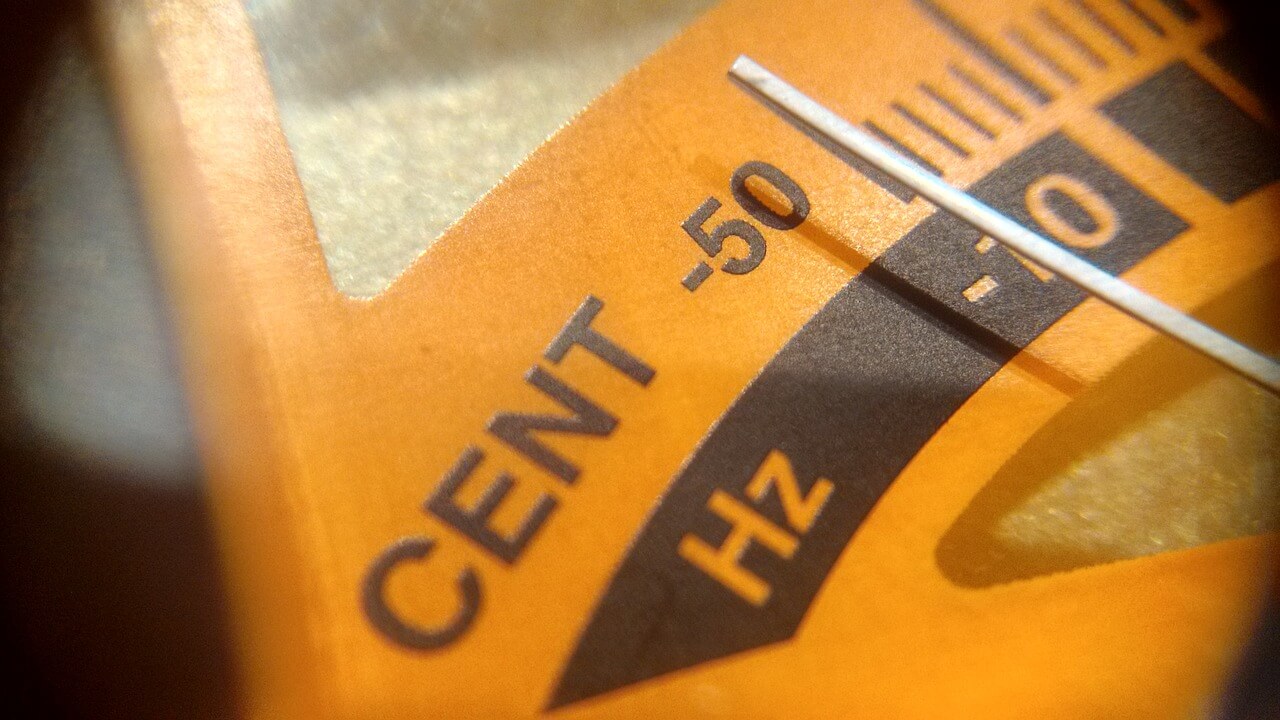Like I mentioned over on my transposition page, lots of students are very resistant to the idea (and challenge) of learning to transpose. It’s not a particularly easy skill to learn – the basic idea is quite simple (see one note, play another note) but some keys are more difficult than others, and doing it on-the-fly requires some solid knowledge of music theory, scales, key signatures, and intervals.
The Typical Case for Transposition
But, it’s an important skill!
Lots of students push back when I bring up transposition either in orchestral scores or in things like the Mozart Concertos, is that pre-transposed copies in F are available. And it’s true, just about every Mozart edition that includes a part in the original key of Eb or D also includes a pre-transposed version in F, and while you do lose the ability to easily recognize the difference between open, half-stopped, and fully-stopped notes, usually the transposed copies are still carefully edited.
That’s rarely the case in orchestral parts, where most of the parts that have been already-transposed seemed to have been run through an archaic and uncooperative piece of music software that will spell things out strangely (E#’s instead of F, anyone?) and sometimes just transpose something totally incorrectly.
$ome Extra Incentive
However, Mozart concertos and orchestral parts aren’t the only reason to learn the skill of transposition. This past month I’ve done several Christmas services with a brass quintet or a woodwind quartet – in all of them not only were we sightreading some music at the gig, but all three of them involved being handed a hymnal or Mass parts to play when I showed up.
In all cases, the extra music was quite easy technically, but I had to play parts out of a hymnal (reading and transposing 4-part harmony in both treble and bass cleff), off of a piano part (like the hymnal but more than four parts), off of a second violin part, and handwritten parts in C. The handwritten parts were from a director that wasn’t sure exactly how to transpose to horn pitch, so he just wrote out what he wanted to hear and I had to take care of the rest.
In a situation like that, the less stress you can give the choir director/organist/whoever is in charge the more likely that you’ll be remembered in a positive light and be asked back. Choir directors spend weeks and months preparing for Christmas services – they have a lot of balls in the air, and the last thing they want is for the “hired pro” to need a spoon-fed part. After all, no one else in a brass quintet will need a transposed part – why make yourself the weak link?
The Next Step
So, over the next few days, take a look at some easy music and practice transposing it into various keys – E, Eb, D and C are good ones to start with, since those keys cover the majority of transpositions you’ll need to do, anyway.
My transposition chart can help you get the basics, but then you just have to practice until it becomes comfortable and easy to do on the fly. It’s okay (and probably necessary) for you to go slowly at first, really think about the intervals (and don’t forget the key signature) and use simple songs that you’ll know if you miss a note!
Don’t worry, once you “get it”, it’s a lot like riding a bike – you’ll never totally forget how to do it – but you’ve got to push past the initial annoyance to get to that stage!




